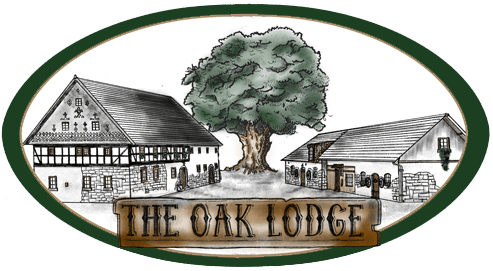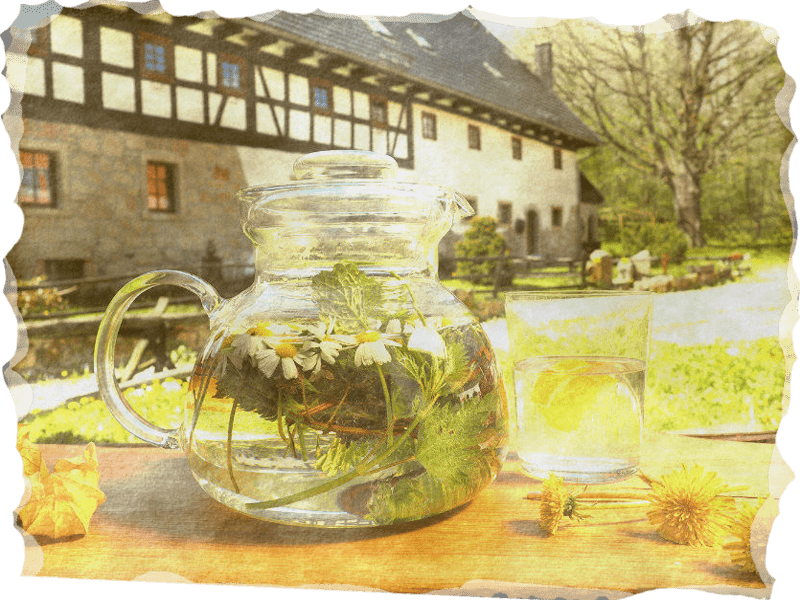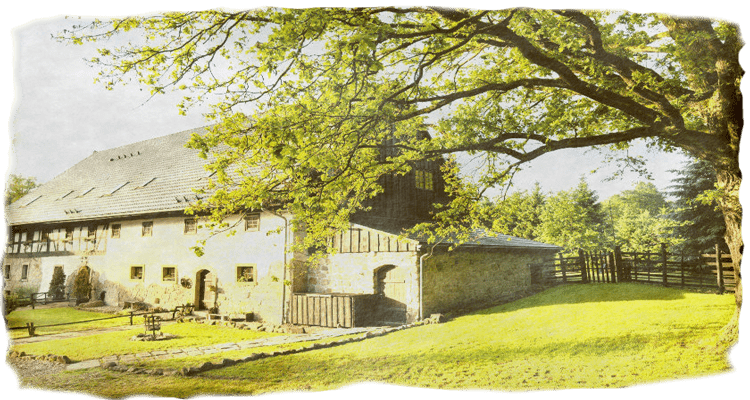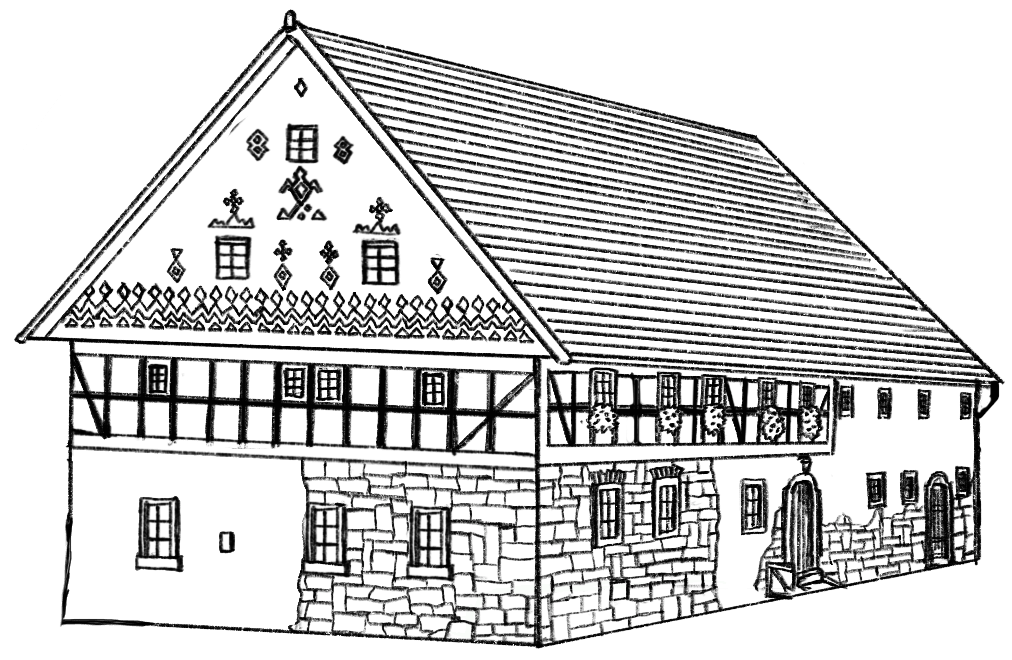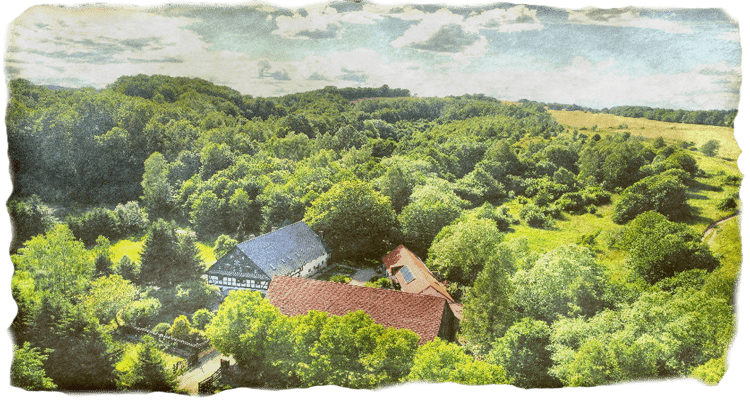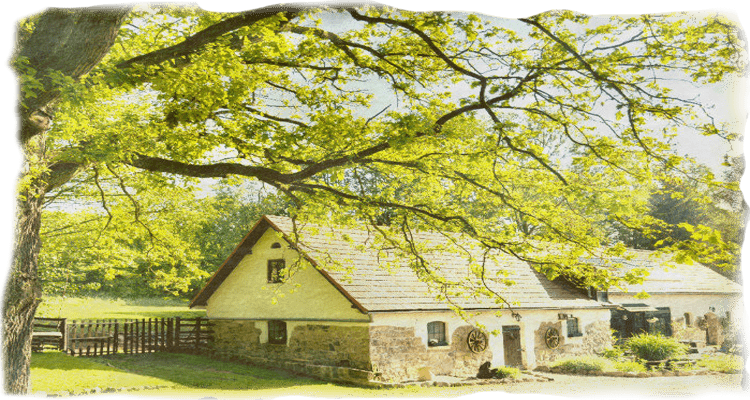Czocha Castle - A Legacy Carved in Stone
13th Century Origins
The story of Burg Tzschocha, also known as Czocha Castle, is said to have commenced in the 13th century, rooted in the strategic needs of King Wenceslaus I of Bohemia. The monarch, seeking to reinforce his realm's borders, commanded the construction of a fortress that would stand as a bulwark against invasions and a symbol of royal power.
Over the early years, the castle was entrenched in the feudal system, serving as the administrative and military center for the region. It was the epitome of medieval defensive architecture, complete with a keep, drawbridge, and battlements.
Golden Era and Architectural Triumph
The winds of the Renaissance brought with them a tide of artistic and architectural change. In the hands of noble families such as the von Nostitz family, the castle saw a renaissance of its own. Ornate decorations and expansive chambers replaced older, utilitarian structures, reflecting the period's artistic zeal.
Post the ravages of the Thirty Years' War, Burg Tzschocha experienced a Phoenix-like resurgence. The 17th-century reconstruction imbued it with the grandeur of Baroque style, a visible testament to its enduring legacy and a beacon of the region's recovery.

The Romantic Revival
As the industrial age dawned, the castle's romantic silhouette inspired a new generation of artists and poets. It became enshrined in the era's cultural consciousness, with its picturesque ruins often depicted in paintings and literature.
The castle's historical value was recognized anew in the 20th century, leading to significant efforts to restore and preserve its structure. The conservation work aimed not just to maintain the castle but to revive its storied past for future generations.
Your Trip to Czocha Castle
For those who wish to uncover the layers of history, the call of Czocha Castle is irresistible. It was featured in various movies and will reward your visit with an amazing historical and natural atmosphere.
Distance:
18 km
Drive time:
30 min
Duration:
min. 2-3 h

